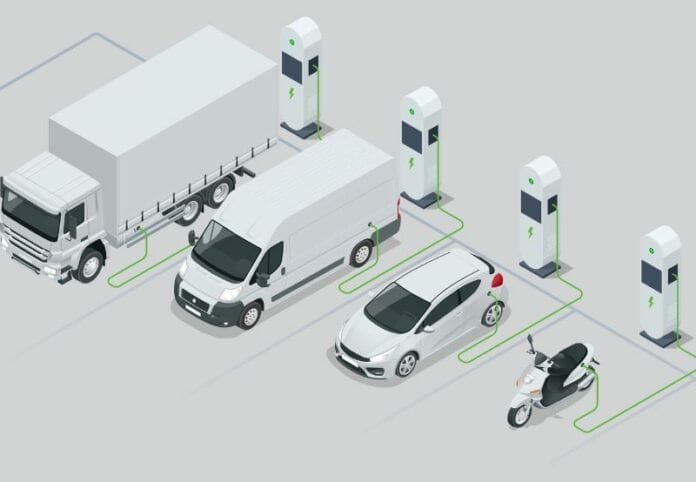Consumers will soon have access to a greater selection of electric vehicles at more competitive rates thanks to the development of these new EV plants. Automakers will be able to reduce the price of EVs and make them more competitive with gasoline-powered vehicles as production capacity rises.
With significant investments in new production facilities from automakers and battery producers, the electric vehicle (EV) market is entering a new phase of growth. A glance at some of the most prominent forthcoming EV plants throughout the globe demonstrates a change in favour of electric transportation on a worldwide scale.
Ford, GM, and Stellantis are all constructing new EV factories in North America, with a total annual production capacity of more than 1.4 million vehicles. While GM’s facility in Michigan and Stellantis’ plant in Windsor each manufacture 400,000 vehicles annually, Ford’s Ohio plant will build 600,000 vehicles annually.
Volkswagen is constructing a new EV manufacturing facility in Europe with a 600,000-vehicle annual production capacity in Salzgitter, Germany. Additionally, Tesla is constructing a new EV manufacturing facility in Germany with a 500,000-vehicle annual capacity. In addition, Stellantis is developing a brand-new EV manufacturing facility in Termoli, Italy, with a 200,000-vehicle annual capacity.
BYD is constructing a new electric vehicle (EV) factory in Asia with a 500,000-vehicle annual capacity in Xi’an, China. In Shanghai, China, SAIC is developing a new EV manufacturing facility with a 300,000-vehicle annual production capability. Additionally, Geely is developing a new EV manufacturing facility in Hangzhou, China, with a 200,000-vehicle annual capacity.

Future Electric Vehicle Plants Around The Globe:
N. America:
- Ohio Ford EV plant, 600,000 vehicles annually.
- 400,000 vehicles annually are produced at the GM EV factory in Michigan, USA.
- 400,000 automobiles annually are produced in the Windsor, Canada, Stellantis EV factory.
Europe:
- 600,000 EVs are produced annually at the Volkswagen EV facility in Salzgitter, Germany, in Europe.
- German Tesla EV facility, producing 500,000 units annually.
- Stellantis EV facility in Termoli, Italy, produces 200,000 cars annually.
Asia:
- Xi’an (China) BYD EV facility, producing 500,000 vehicles annually.
- Shanghai (China) SAIC EV plant, 300,000 vehicles annually.
- Geely EV facility in Hangzhou, China, produces 200,000 cars annually.
For consumers, what does this mean?
Because of the development of these new EV manufacturing facilities, consumers will soon have additional options for cheaper electric automobiles. Automakers will be able to reduce the price of EVs and make them more competitive with gasoline-powered vehicles as production capacity rises.
It goes without saying that the development of new electric vehicle plants represents a significant advancement for both the EV market and for customers. By lowering their price, EVs will become more affordable.


